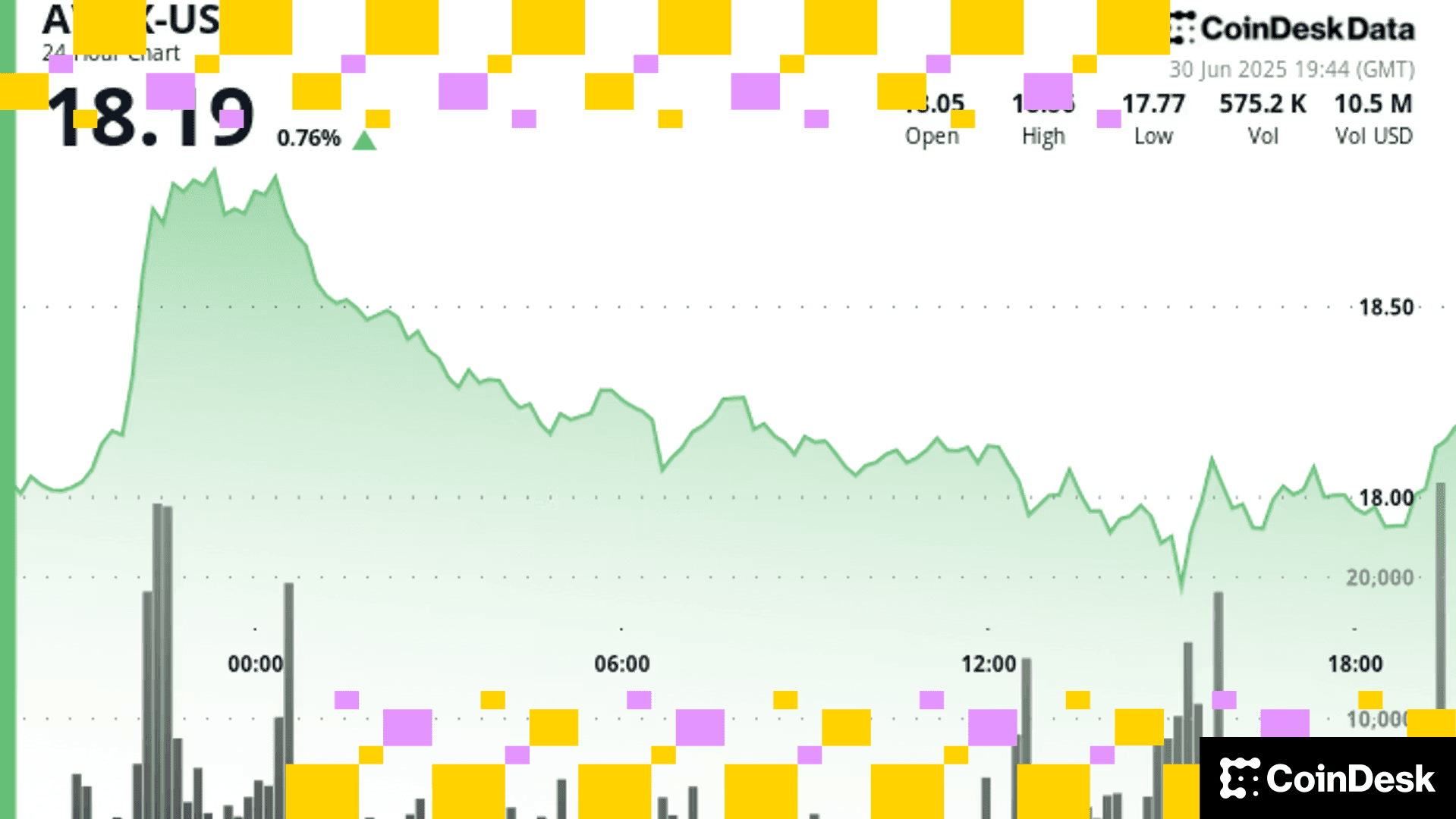Global Stablecoins May Be Subject to Securities Regulation, Says IOSCO
Global stablecoins may be subject to securities laws, says IOSCO, in a new report that could complicate such projects’ embrace of decentralization.

The International Organization of Securities Commissions (IOSCO) thinks global stablecoin initiatives might be subject to securities laws, according to a new report.
Published Monday, the 31-page examination of regulatory issues around stablecoins – cryptocurrencies with prices pegged to a low-volatility asset reserve – stressed that jurisdiction and regulation ultimately depend on project specifics.
IOSCO looked at a hypothetical stablecoin managed by a company’s governance board, backed by a basket of global reserve currencies and settled on its own private blockchain. It could only be issued to “authorized participants” that buy and sell the stablecoin, and could be passed between users’ digital wallets.
The report did not mention any specific stablecoins by name (though the example looks a lot like the Facebook-led Libra project).
From its hypothetical analysis, IOSCO found such a scheme may fall under securities regulators’ purview.
Because a stablecoin may be used for payments, an activity that "could potentially amount to regulated payment and banking activities or even regulated payment systems," the report says. "If adopted at a large scale it could become systemically important."
See also: The US Should Use Stablecoins for Emergency Coronavirus Payments
If the coin project were to grow to become a financial market infrastructure (FMI), "it would be expected to comply with" the principles for FMIs (PFMIs) from the Bank for International Settlements, according to IOSCO.
Further, the stablecoin's reserve fund and related interests or obligations "could amount to various types of securities products, depending on their structure and function."
The conclusion casts another potential roadblock in development and implementation of stablecoins, especially those that may grow to be integral to financial markets infrastructure.
“It may be challenging for some systemically important stablecoin arrangements to comply with the high standards of the PFMI, particularly for those systemically important stablecoin arrangements that are partially or highly decentralised,” the report says.
That could complicate the paths of stablecoin projects seeking to embrace crypto’s core ethos: decentralization.
See also: The Pandemic Gives Digital Currencies Another Chance to Shine
The Libra Association is the highest-profile global stablecoin initiative to date, and it’s been notably bullish on distributing its governance model and consensus mechanism over the next five years.
“An important objective of the Libra Association is to move toward increasing decentralization over time,” Libra wrote in its white paper.
IOSCO argues in the report, though, that “the more decentralised the arrangements are, the higher the challenges may be.”
More For You
Exchange Review - March 2025

CoinDesk Data's monthly Exchange Review captures the key developments within the cryptocurrency exchange market. The report includes analyses that relate to exchange volumes, crypto derivatives trading, market segmentation by fees, fiat trading, and more.
What to know:
Trading activity softened in March as market uncertainty grew amid escalating tariff tensions between the U.S. and global trading partners. Centralized exchanges recorded their lowest combined trading volume since October, declining 6.24% to $6.79tn. This marked the third consecutive monthly decline across both market segments, with spot trading volume falling 14.1% to $1.98tn and derivatives trading slipping 2.56% to $4.81tn.
- Trading Volumes Decline for Third Consecutive Month: Combined spot and derivatives trading volume on centralized exchanges fell by 6.24% to $6.79tn in March 2025, reaching the lowest level since October. Both spot and derivatives markets recorded their third consecutive monthly decline, falling 14.1% and 2.56% to $1.98tn and $4.81tn respectively.
- Institutional Crypto Trading Volume on CME Falls 23.5%: In March, total derivatives trading volume on the CME exchange fell by 23.5% to $175bn, the lowest monthly volume since October 2024. CME's market share among derivatives exchanges dropped from 4.63% to 3.64%, suggesting declining institutional interest amid current macroeconomic conditions.
- Bybit Spot Market Share Slides in March: Spot trading volume on Bybit fell by 52.1% to $81.1bn in March, coinciding with decreased trading activity following the hack of the exchange's cold wallets in February. Bybit's spot market share dropped from 7.35% to 4.10%, its lowest since July 2023.
More For You











